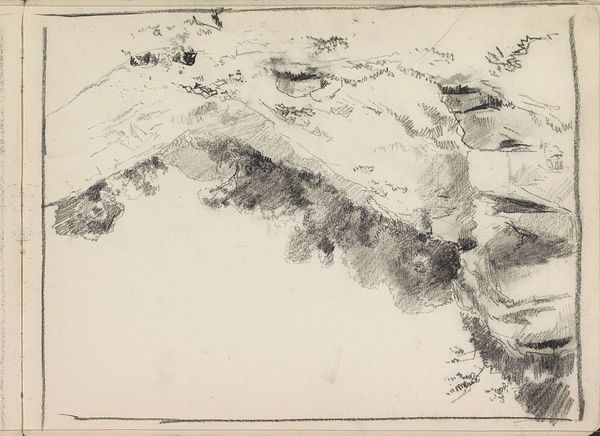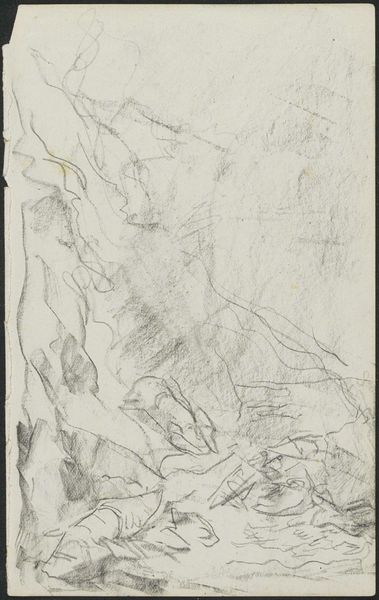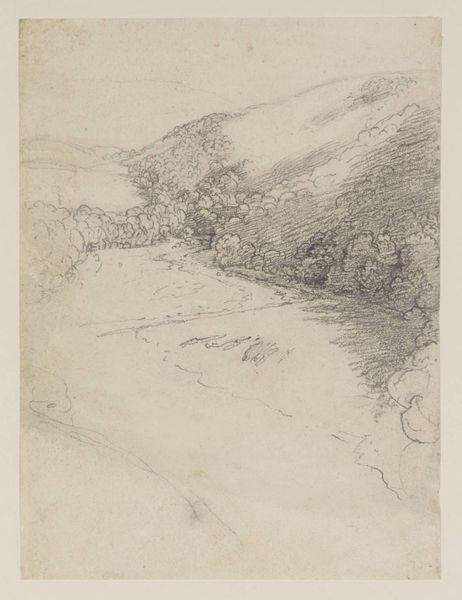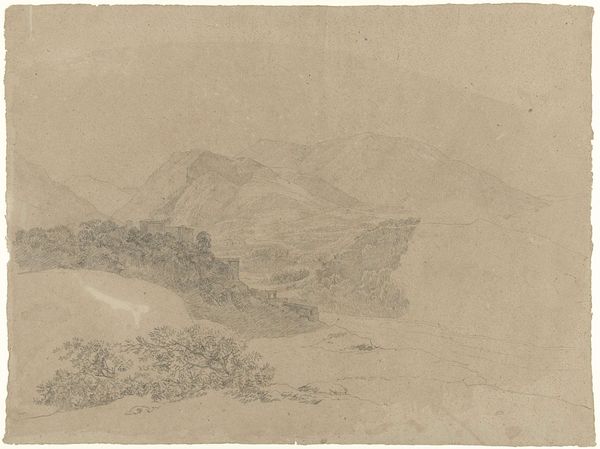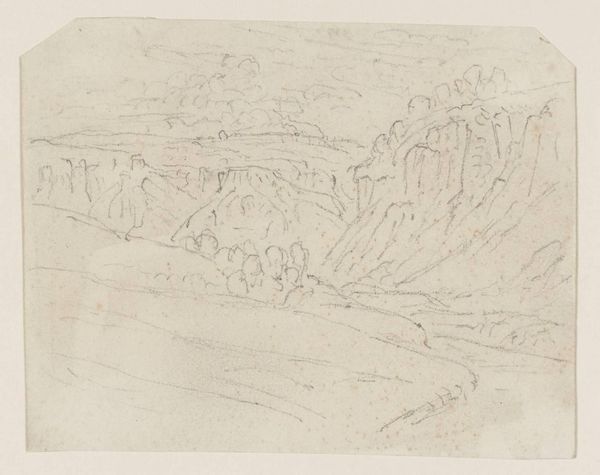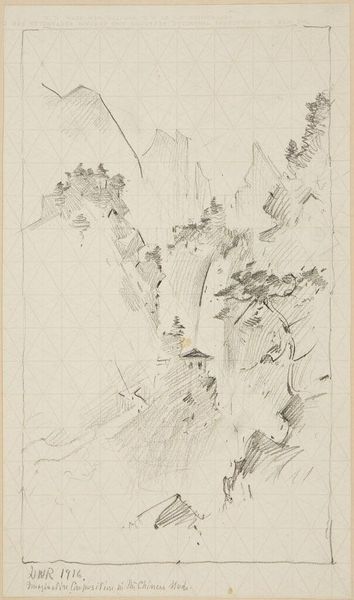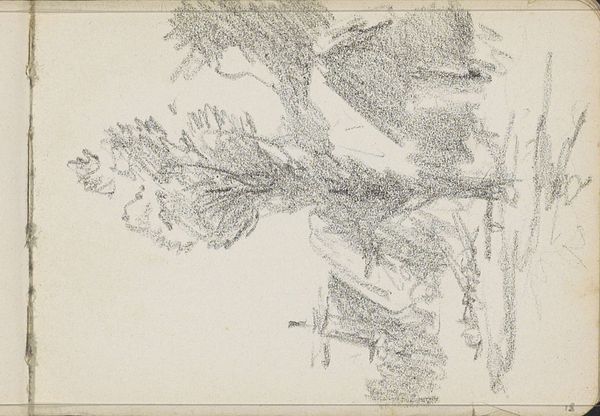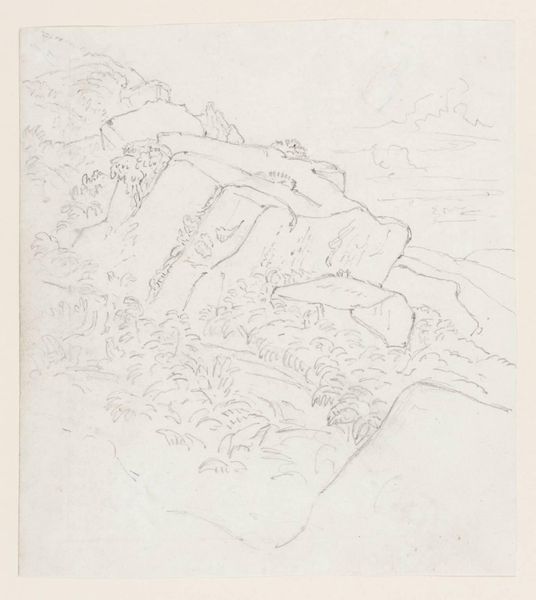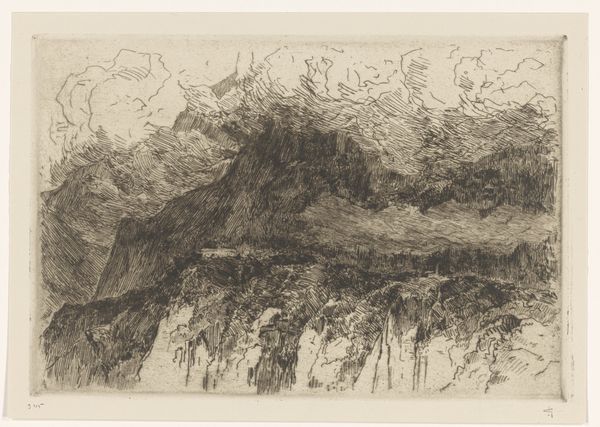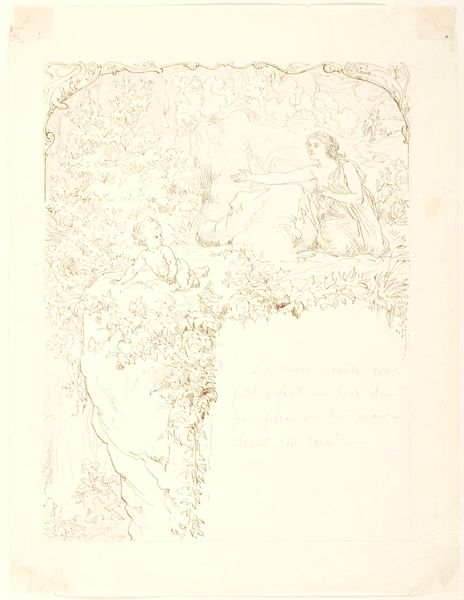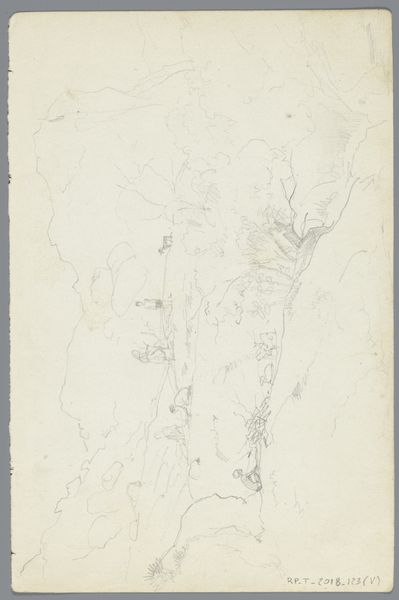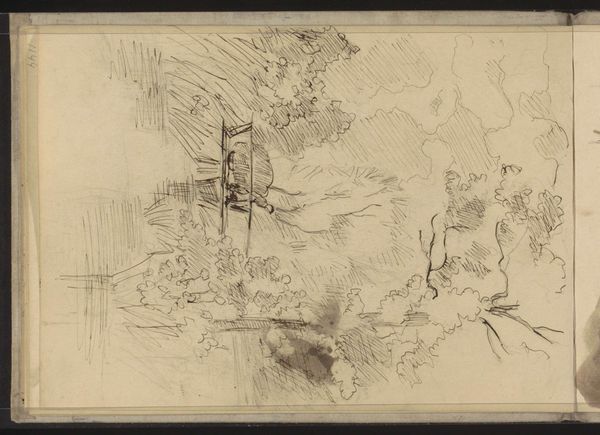
Dimensions: support: 209 x 164 mm
Copyright: CC-BY-NC-ND 4.0 DEED, Photo: Tate
Editor: This is Thomas Stothard's pencil drawing, Hafod. It's a landscape and feels very dreamlike. What do you see in this piece, in terms of its context? Curator: Landscape art like this emerged alongside specific political and economic shifts. The late 18th century saw enclosure acts privatizing common land, displacing rural communities. Did depictions of idyllic nature become a way of romanticizing a disappearing way of life, masking those injustices? Editor: That's a really interesting perspective. I hadn't considered the social implications of landscape art at that time. Curator: Consider the power dynamics inherent in land ownership. Stothard, as an artist, is also participating in a certain gaze, a way of seeing and possessing the landscape. It makes you wonder, doesn't it? Editor: It does. I’ll never look at landscape art the same way again.
Comments
Join the conversation
Join millions of artists and users on Artera today and experience the ultimate creative platform.
tate 7 months ago
⋮
In this rapid sketch of a hillside in Wales, Stothard has taken full advantage of the versatility of a soft graphite pencil. The dark, wide lines in the lower half of the drawing have been achieved by exerting pressure on a pencil with a fairly dull point. The uppermost lines of the image are much finer, suggesting that Stothard used a sharper point applied with less pressure. The soft, even, grey shadow on the hills was created by smudging the graphite with a conically rolled piece of paper or cloth called a stump. Gallery label, August 2004
